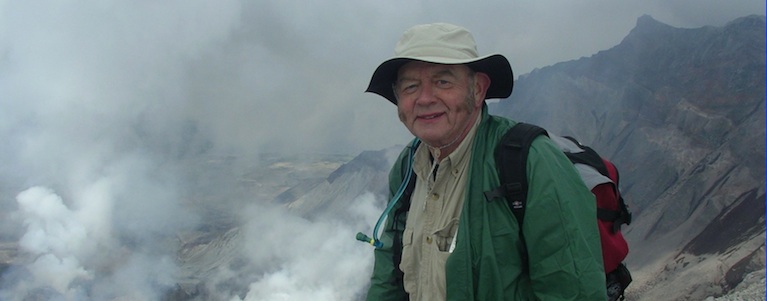Robot Pilot clobbers human pilot
The DARPA event, focused on artificial intelligence and air combat, hints at one possible future for military aviation.
The event this week was the third stage in what’s called the AlphaDogfight Trials. The first trial in the series, held last fall, was very much rookie algorithms trying to figure out aviation fundamentals, explains Col. Dan Javorsek, the manager of the event at DARPA and a former F-16 aviator and test pilot. “What you were basically watching was the AI agents learning to fly the plane,” Javorsek says. (His call sign is “Animal,” a reference to the Muppets.) “A lot of them killed themselves on accident—they would fly into the ground, or they would just forget about the bad guy altogether, and just drive off in some direction.” In other words, Maverick or Iceman would probably just laugh at them.
While this DARPA competition had the flying happening in digital skies, real-life flight in an actual fighter jet is intensely physically demanding on the aviators on board—something I had the chance to experience firsthand in an F-16. Pulling hard turns or accelerating quickly produces dramatic G forces, and if the pilot and crew don’t manage them correctly, they could pass out. Artificial intelligence might someday fly a plane in combat, but if a pilot were to hypothetically be on board, he or she is going to want to be able to stay conscious throughout the fight. In other words, any algorithm with control of the stick will need to consider what humans can withstand. Or, if the AI is in charge of an uncrewed drone, then it wouldn’t need to worry about the impact of Gs on a person at all.
The lead AI algorithm, created by Heron Systems, battled a human pilot who flew a digital F-16 in a virtual reality-style simulator on Thursday. Heron’s agent defeated the human (call sign, Banger) by five to zero. “I think technology has proven over the past 20 years that it’s able to think faster than a human, and react faster, in a precise, pristine environment,” Banger reflected in a conference call with the media after the event.
You can watch the dogfight in the video linked below—it begins at the 4:40:00 mark.

I flew in an F-16 with the Air Force and oh boy did it go poorly
Your body probably isn’t ready to fly in a fighter jet.
Somewhere high above New Jersey, I yanked the oxygen mask off my face, worried I was about to throw up.
Maj. Jason Markzon, the pilot of our F-16 fighter jet, had just steered the plane through two tight, hard turns, part of an aviation procedure called the G-exercise. A moment later, Markzon—whose Air Force call sign is Flack—abruptly rolled the aircraft on its side, a maneuver known as a knife-edge pass that put the plane’s stubby wings perpendicular to the ground. He brought us back to horizontal, then pulled the plane hard to the right. I groaned.
The crushing turns and fast choppy maneuvers were physically punishing—a roller coaster ride I wanted to end. “Do you mind leveling out?” I asked.
“Rob, how’s it going, man?” Flack asked, his voice coming in through the speakers in my red, white, and blue helmet.
“I do not feel well,” I replied.
We had taken off some 20 minutes earlier, all eight stages of the jet’s afterburners lit and rocketing us down a runway at MacArthur Airport on Long Island. We screamed off the ground and into a partly cloudy blue sky on a windy morning in late May. Moments after becoming airborne, Flack pulled back on the control stick in his right hand, sending us into a 60-degree climb at something north of 400 mph.
The seats on an F-16 are reclined at an angle of 30 degrees, so a 60-degree climb feels like you’re going straight up. We flew to about 10,000 feet. That took all of about 30 seconds and hit us with 5.4 Gs, or more than five times the force of gravity. I weigh around 155 pounds, but at that acceleration, it felt like I weighed more than 800. Flack ended the climb by leveling us out with a slow roll. For just a moment, we were upside down.
I weigh around 155 pounds, but at that acceleration, it felt like I weighed more than 800.
I didn’t vomit. Not then, anyway.
Both above excerpted from Popular Science, Aug. 2019,
by By Rob Verger

